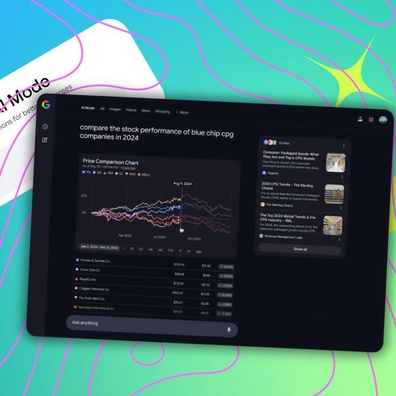News
Apple's macOS 26 Tahoe Will Drop Support for Several Intel-Based MacBook Pro Models
Apple's upcoming Worldwide Developer Conference will mark a significant transition point for Mac users, as the company prepares to introduce macOS 26 Tahoe with a reduced compatibility list that excludes several Intel-based MacBook Pro models. This move signals the end of an era for Apple's professional laptop lineup that predates the company's shift to Apple Silicon.Major Operating System Overhaul Coming to WWDCApple is implementing a comprehensive numbering system refresh across all its operating systems, with the next macOS version jumping from the traditional sequence to macOS 26. The update, internally codenamed Tahoe after California's Lake Tahoe, represents more than just a numerical change. The new operating system will feature visionOS-inspired glass-like visual effects and a suite of productivity-focused features, marking a significant design evolution for the Mac platform.macOS 26 Key FeaturesNew naming scheme: macOS 26 (previously would have been macOS 16)Codename: Tahoe (after Lake Tahoe, California)Visual updates: visionOS-inspired glass-like effectsEnhanced productivity featuresAdvanced generative AI capabilities (Apple Silicon only)Intel MacBook Pro Models Face Compatibility CutoffThe most significant impact of macOS 26 will be felt by owners of Intel-based MacBook Pro models, particularly those from 2020 and earlier. According to reliable sources, the 2020 13-inch MacBook Pro with two Thunderbolt ports will lose compatibility with the new operating system. This particular model used an older 8th-generation Intel processor, similar to the 2018 variants, while the four-port version of the same year featured more advanced 10th-generation Intel chips.macOS 26 Compatibility Cutoff2020 13-inch MacBook Pro (2 Thunderbolt ports) - Not supported2018 Mac mini - Not supported2017 Mac Pro - Not supported2019 MacBook Pro models - Still supportedAll Apple Silicon Macs (2020+) - Fully supportedApple Silicon Transition Creates Support DivideThe compatibility cutoff highlights the lasting effects of Apple's 2020 transition from Intel x86 processors to its own ARM-based Apple Silicon chips. While Apple Silicon Macs from 2020 onwards will receive full support for macOS 26's advanced features, including the latest generative AI capabilities, Intel-based models face an uncertain future. The M1 MacBook Pro, MacBook Air, and Mac Mini introduced at the end of 2020 delivered significant improvements in performance, power efficiency, and battery life compared to their Intel predecessors.Intel vs Apple Silicon MacBook Pro Timeline2018-2020: Intel-based MacBook Pro modelsLate 2020: Apple Silicon M1 MacBook Pro introduction2020 models: Mixed generation (some Intel 8th gen, some Intel 10th gen, some M1)2021+: Apple Silicon onlyThird-Party Software Already Abandoning Intel MacsThe operating system compatibility issues represent just one aspect of a broader trend affecting Intel Mac users. Third-party software developers have increasingly focused their efforts on Apple Silicon, with many applications now displaying unsupported messages when running on Intel-based hardware. Professional applications like Adobe Photoshop have implemented system requirements that effectively exclude older Intel Macs, regardless of Apple's official support status.Extended Support Window Provides Limited ReliefApple's support strategy for the MacBook Pro line extends further than the MacBook Air, with compatibility reaching back to 2019 models in some cases. However, this extended support comes with significant limitations. While Apple will likely continue providing security updates for older Intel MacBook Pro models, access to new applications and advanced features will be severely restricted. The hardware demands of modern macOS features make it impractical to offer full functionality on the older, less efficient Intel platform.Professional Users Face Transition PressureThe gradual phase-out of Intel MacBook Pro support creates particular challenges for professional users who rely on these machines in production environments. While Apple's typical six-year support window provides reasonable longevity for consumer devices, professional users often expect longer lifecycles from their equipment investments. The transition period has effectively shortened the useful lifespan of Intel-based MacBook Pro models, as software compatibility becomes increasingly limited even before official support ends.End of an Era for Classic MacBook Pro DesignThe impending loss of macOS 26 compatibility marks the beginning of the end for what many consider the classic MacBook Pro era. These Intel-based models represented the final generation of MacBook Pro laptops before Apple's fundamental architectural shift to its own silicon. While the transition to Apple Silicon brought undeniable performance and efficiency benefits, it also created a clear dividing line between old and new in Apple's laptop lineup, with older models increasingly relegated to legacy status.
Apple
47 minutes ago
Owlcat Games Announces The Expanse: Osiris Reborn, a Mass Effect-Inspired Action RPG with Romance and Third-Person Combat
Computer Game
3 hours ago

Xiaomi Redmi Pad 2 Launches with 11-inch Display and MediaTek Helio G100 Ultra Starting at EUR 200
Pad
3 hours ago

iOS 26 Brings Biggest Design Overhaul Since iOS 7 with 'Digital Glass' Interface and Major Safari Redesign
iOS
4 hours ago

Open Source Tool Revives CD Image Burning Technique as Community Recalls Yamaha DiscT@2 and LightScribe Era
OpenSource
4 hours ago
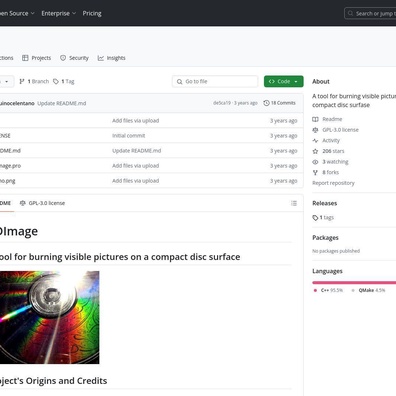
Apple AirPods Pro Set for Major Feature Upgrades While Current Models Hit Best Price of 2024
Earbuds
4 hours ago

Samsung Galaxy Z Fold7 Display Size Confirmed as Launch Timeline Shifts to Mid-July
Phone
5 hours ago

How to Transform Your iPhone Into a Minimalist Device for Better Digital Wellness
iOS
9 hours ago

AMD Acquires Entire Untether AI Engineering Team in Strategic Talent Grab, Leaving Customers Without Product Support
AMD
9 hours ago

Foam vs Obsidian: Why Developers Are Choosing Different Note-Taking Tools
Apps
9 hours ago
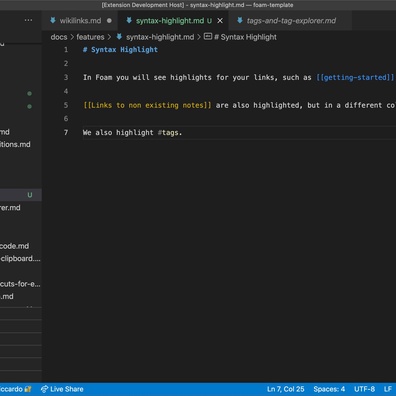
YouTube Music Introduces Banner Ads on Now Playing Screen While Expanding Playlist Transfer Features
Apps
11 hours ago
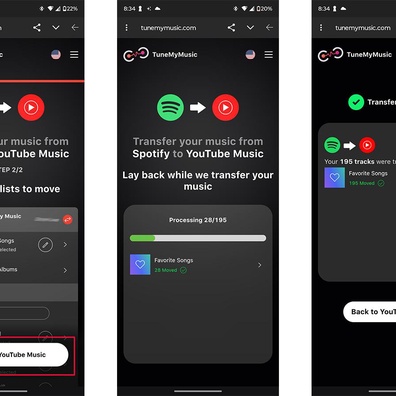
Google Completes Find Hub Rebrand, Replaces Find My Device Across Android Settings
Google
12 hours ago

Samsung Galaxy G Fold Tri-Fold Smartphone Surfaces with Disappointing 25W Charging Speed
Phone
15 hours ago

Dino Programming Language Performance Benchmarks Raise Questions About Implementation Quality
16 hours ago
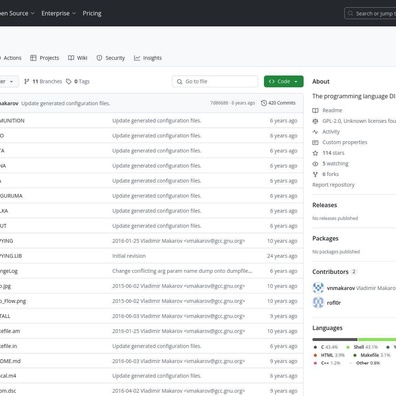
Python Developers Debate py-pglite's Node.js Dependency and Performance Claims
16 hours ago

Xpeng and Huawei Unveil Revolutionary AR-HUD System for Upcoming G7 Electric Vehicle
EVs
17 hours ago

Galaxy Z Fold 7 Won't Get Ultra Branding Despite Larger Screen and Enhanced Features
Phone
Yesterday

Imagine Dragons Founders Launch Last Flag, a Pure Capture the Flag Shooter Coming 2026
Console Game
Yesterday

Dying Light: The Beast Finally Gets August 22 Release Date After Three-Year Development Journey
Console Game
Yesterday

Google Search Introduces Interactive Financial Charts with AI-Powered Stock Analysis
FinTech
Yesterday
